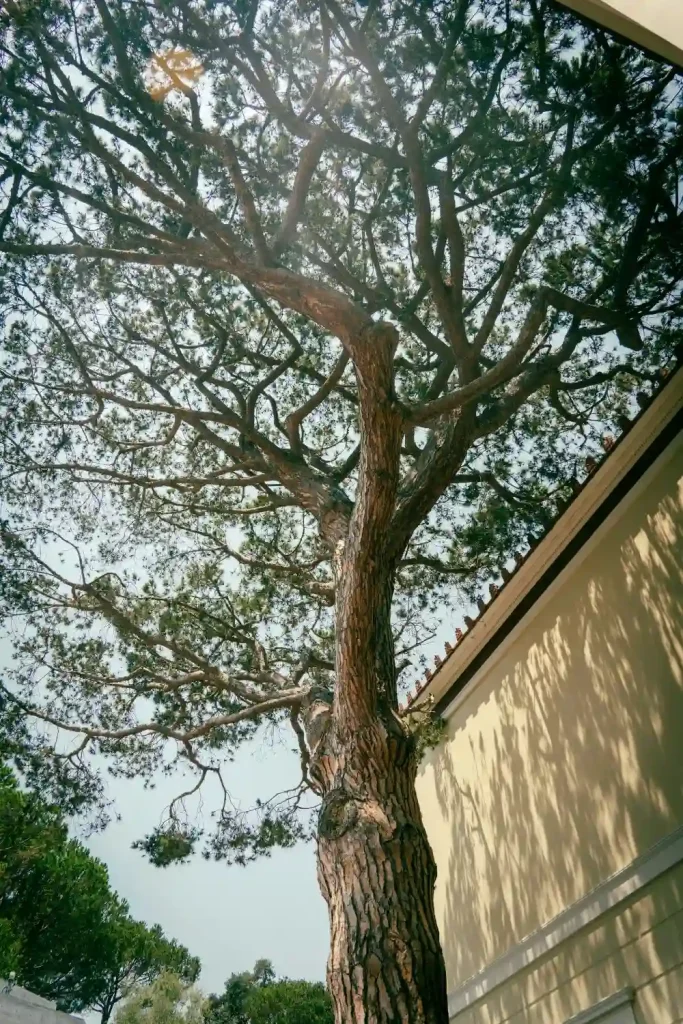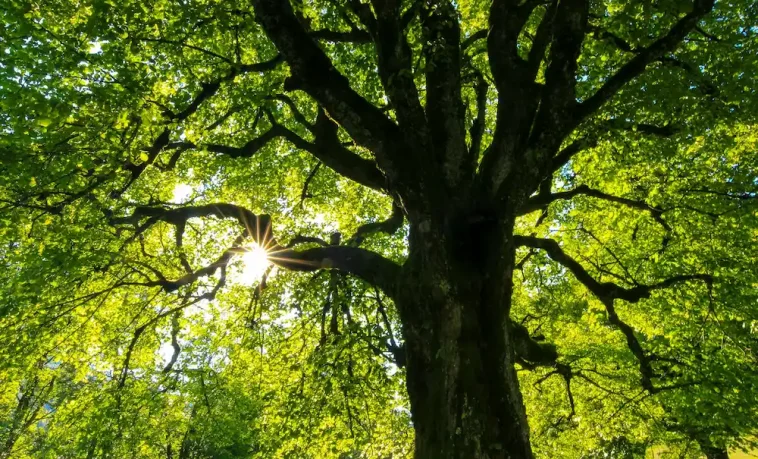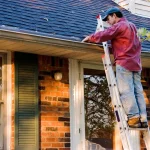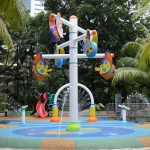A single trench can erase decades of growth, yet tree roots often remain an afterthought during construction. Beneath lawns and foundations, they extend farther than most realize—vital to stability, shade, and neighborhood character. When machinery cuts through that network, effects unfold quietly across seasons as crowns thin and limbs weaken.
Seattle’s rain-soaked soils magnify each mistake, where compacted ground and altered drainage erode root health faster than expected. Thoughtful site planning, protective barriers, and patient aftercare turn recovery from wishful thinking into a predictable, long-term success. Homeowners, arborists, and contractors share equal influence over survival beneath the surface.
Recognizing Root Damage on Residential Properties
A single swath of pale foliage on one side of a maple draws attention months after recent work. Subtle changes like smaller-than-usual leaves and fewer spring buds follow ground disturbance. When a new patio or retaining wall sits nearby, uneven canopy decline maps back to where roots were cut or compacted.
Soil gaps, exposed roots, and settling near trenches signal problems after grading. Exposed roots appear as bark wounds or roots above the soil line; settling leaves low spots that hold water. For property owners seeking confident guidance, consulting an arborist in Seattle can clarify the extent of damage. A simple test pit at a disturbed edge then reveals exposed roots and compaction zones, guiding watering and soil care for recovery.
How Construction Work Disrupts Root Systems in Seattle
Tree roots depend on open soil channels to breathe, absorb moisture, and anchor against storms. When construction compresses or reshapes that space, roots lose oxygen and nutrient flow; in Seattle’s damp soils, even shallow ruts can seal off air pockets and suffocate fine roots beneath the surface.
Each cut or paved edge shifts drainage patterns and destabilizes the base that supports towering crowns. A two-meter unpaved ring around trunks protects feeder roots, while steady deep watering rebuilds strength after disturbance. When space and moisture balance return, recovery accelerates and stability lasts for decades.

Evaluating Tree Stability and Survival Potential
Leaning trunks and thinning crowns often point to weakened anchorage below the surface. Bark cracks, drooping limbs, and uneven canopy growth signal stress that develops after soil disturbance or extended rain. These visible changes trace directly to the unseen network of roots losing grip and oxygen within compacted layers, gradually reducing the tree’s natural ability to draw moisture and nutrients from the soil.
Examining the surrounding ground reveals much about recovery potential. Mapping nearby trenches or paved edges shows where root loss occurred, while small test pits expose fine-root density and moisture patterns. Consistently low readings paired with sparse fine roots indicate limited rebound potential and call for prompt arborist evaluation and targeted soil restoration before decline becomes irreversible.
Recovery Methods That Work in Seattle Conditions
Discolored foliage or sparse leaf clusters often appear months after nearby ground work, hinting at deeper disruption. When one side of a tree fades faster than the other, roots beneath that area may have been compacted, severed, or deprived of moisture. Even small changes in canopy density often trace directly to recent soil disturbance.
Ground-level signs confirm what the crown reveals. Settled soil, bark-wounded roots, or uneven drainage point to damage below the surface. Digging a shallow test pit beside new pavement or trenches exposes air gaps and compaction zones, guiding proper watering depth and helping restore soil conditions that support steady recovery.
Long-Term Prevention and Monitoring After Construction
Driveways and storage zones placed too close to trunks shorten tree lifespans. A vehicle-free perimeter kept around trunks prevents compaction and accidental cuts during work. Regularly checking drains and downspouts after storms prevents pooling at root crowns during Seattle’s frequent storms.
Annual checks by a certified arborist for the first two post-construction years detect decline early, refine watering schedules, and recommend targeted pruning. Maintain concise logs of inspections, irrigation events, and trench locations so future contractors know where roots run and an arborist can review plans before hardscaping. A durable stake-and-tape root-protection outline on site often reduces accidental traffic and guides crews.
Root recovery after construction depends on patience, consistent care, and early observation. Soil that breathes, drains, and supports fine-root growth gives damaged trees their best chance to rebound. Establish wide, undisturbed zones beneath the canopy and water deeply through Seattle’s summer dry spells to maintain strength. Keep heavy equipment and stored materials outside the dripline, refresh mulch as seasons change, and monitor leaf color and crown density for subtle signs of improvement. Schedule regular arborist inspections during the first two years to track progress. These steady habits sustain structure, balance moisture, and rebuild the hidden foundation that keeps trees upright through wind, rain, and another century of growth.




